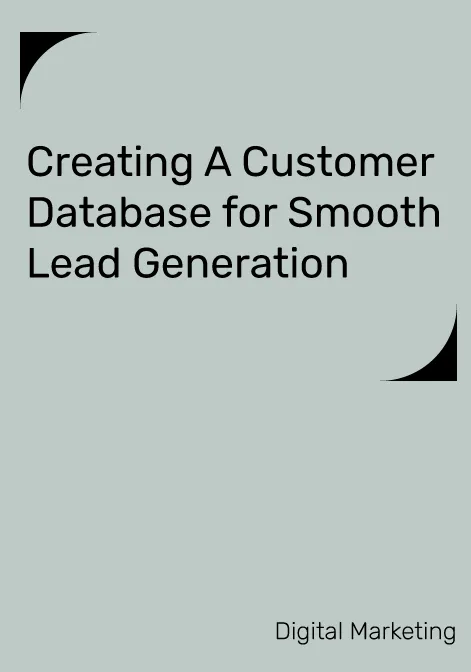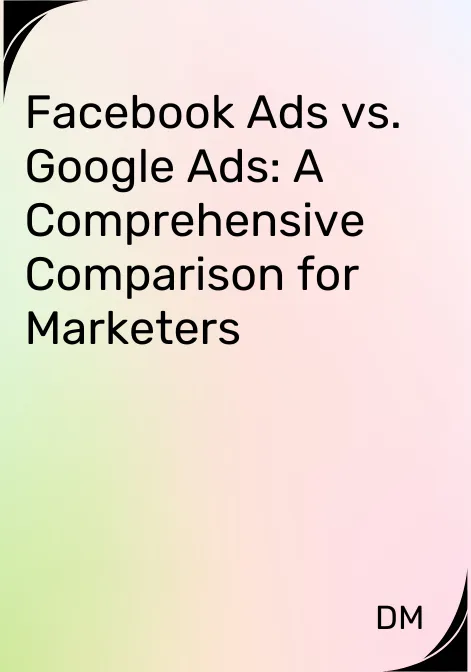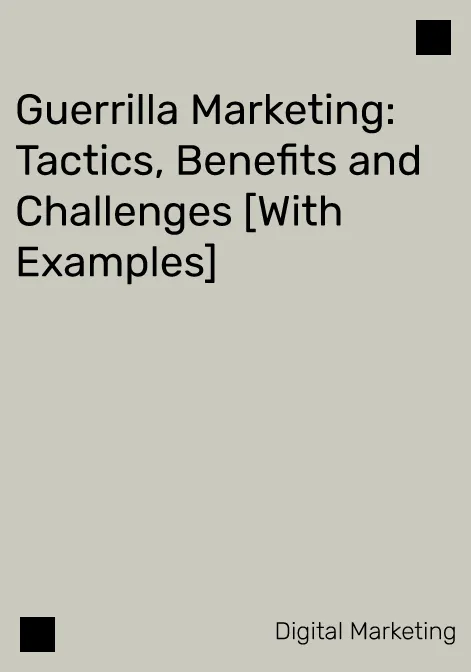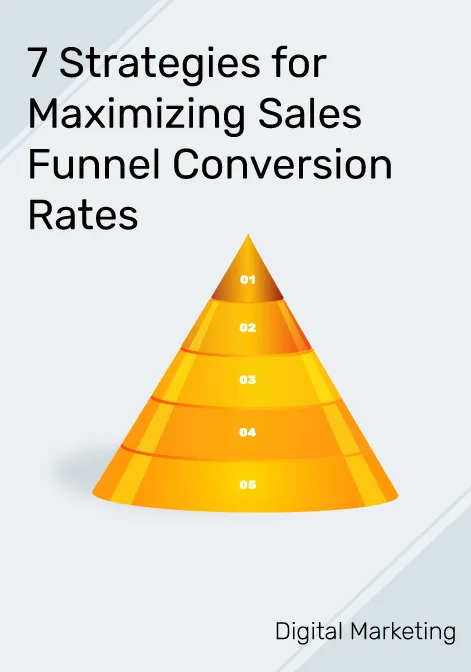Creating A Customer Database for Smooth Lead Generation
Have you created a customer database to improve the digital marketing strategies for your organization yet? Collecting contact information from consumers interested in learning more about your brand’s products and services is the starting point for personalizing your communications and increasing sales.
A Lead Base is essential to achieving your company’s business goals, mainly for three reasons: to create a better filter to reach the right buyer persona, reduce the customer acquisition cost, and increase the ROI.
You will also know more precisely how to meet the needs of the different segments of customers by having accurate data relating to their tastes and preferences.
In this blog, we’ll give you a guide to building your lead base by leveraging and ranking lead generation channels.
Channels to create a Customer Database
1) Website
It is perhaps the most important channel because, in most cases, it functions as both a landing point for generated traffic and a space for customer conversion. The attraction resource, in this case, would be the published content and the usefulness it has for the potential customer.
Take a look at these examples of using content to add contacts:
a) Blog posts with a request to contact, follow, or register. Keep in mind that articles should have value for the reader, help them solve a question or a problem, and efficiently complete a process or a task.
b) Lead magnets offer exclusive content in exchange for data. Downloadables, eBooks, templates, access to premium information, etc.
c) Shapes take your users or visitors to a form to get more information, receive personalized help, and access a benefit such as a discount coupon, free download, etc. Forms can be integrated into your website or be a standalone channel as part of a promotional landing page specifically developed for a product or service.
2) Advertising and Remarketing
This is when the customer database takes on the most value! Search Engine Marketing (SEM) or social media advertising campaigns effectively generate leads. Google offers a comprehensive platform for posting ads that drive traffic to your website or landing page. The same goes for social platforms like Facebook and Twitter.
3) Social Media
They are not only valid for carrying out advertising campaigns; on social networks, your organic content can be very effective. Use them to guide your followers to a subscription, whether they’re enjoying stories with links, links in bios, or URLs on Twitter.
4) The References
Better known as word-of-mouth marketing, recommendations or referrals are crucial for B2B companies to capture leads. In this case, the generation channel will be the third-party website or network that drives traffic to your website. Another modality of referral marketing is the actions carried out with ambassadors or influencers.
Learn to classify the customer database
The best customer database leads are those who segment contacts based on the type of interactions they have had with the brand. Remember that not all prospects need the same thing, have the same interests or are at the same point in the funnel.
Here are some classifications you can use to get an optimized lead base:-
a) Qualified leads: – These prospects have responded positively to your marketing efforts but are still in the early stages of the funnel. For this reason, at the moment, they are pretty far from making a purchase. An example is a prospect who joined your database by creating an account on your online store, subscribing to your newsletter, or filling out a contact form.
b) Qualified prospect for sale: – As you might guess, these are the most willing to be paying customers. For example, they added a product to their cart or wishlist or viewed information about a specific product or service.
c) Potential customer qualified by product or service: – If you offer trial periods or free demos of products or services, you can separate contacts in your database who have already shown enough interest to buy them. Unlike the previous classification, these prospects have already had a tangible experience of your product and want to know about additional benefits or attributes.
How to take advantage of the information obtained?
Using your contact list, you can initiate timely communication with prospects having conversion potential. It is critical to go directly to your target market by improving the use of your resources.
Personalize your messages, content, and offers to achieve higher levels of sales and satisfaction. With the segmentation of your customer database, you will have the opportunity to launch differentiated lines of business that target different niches.
Study your prospects’ behaviors, preferences, and pain points, and you’ll gain a lot of valuable insight into your market trends. Learn about news, promotions, events, and news, and keep prospects informed about your brand.
The contact database is a resource for implementing email marketing strategies. Emails are sent to subscribed or registered contacts on a content schedule. It is also helpful in remarketing when you want to entice a paying customer to make a second purchase of products associated with their first purchase.
Do you need help creating a solid and well-segmented contact base and piloting inbound marketing strategies with them? Let’s start now! Contact us to find out more!




